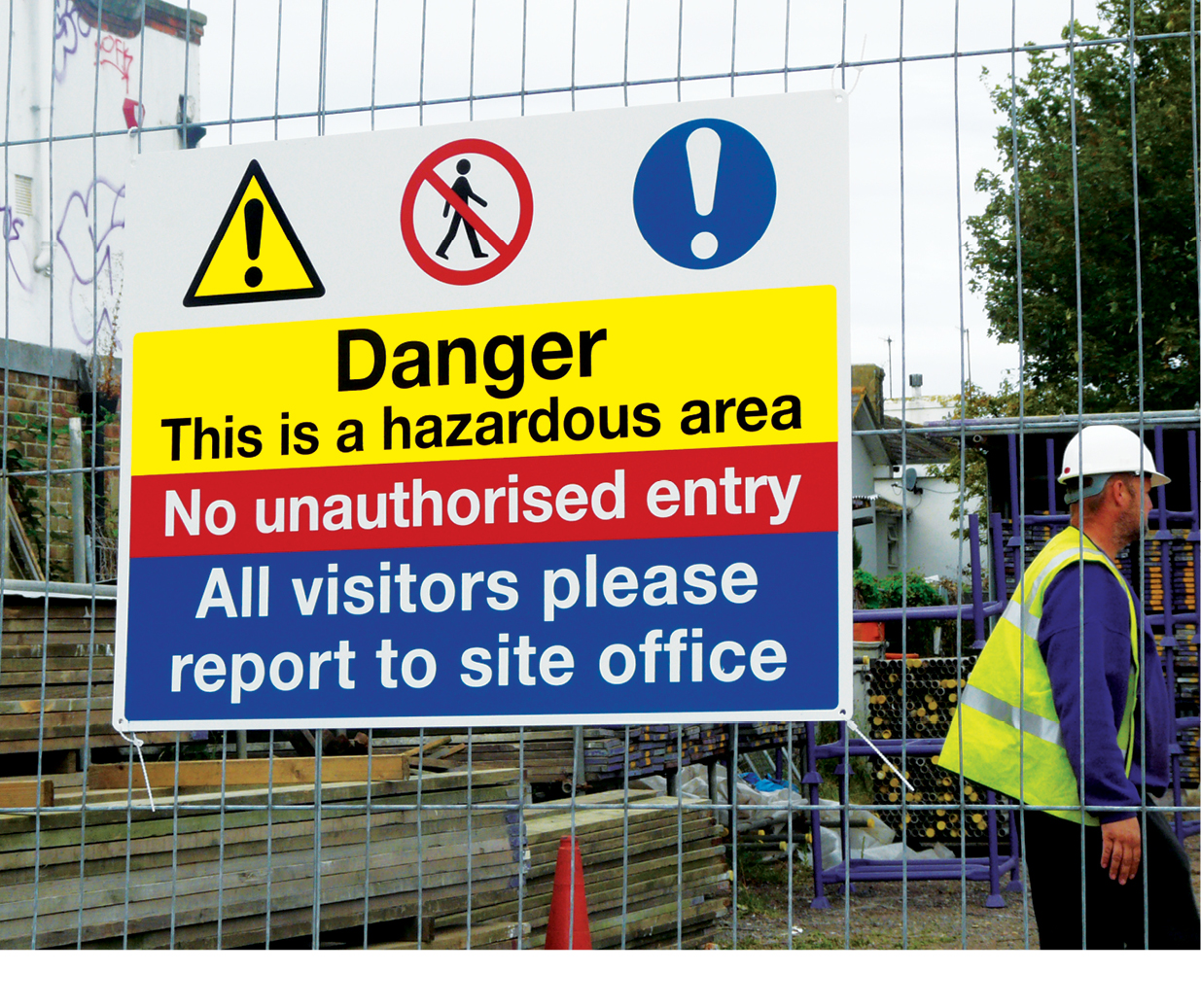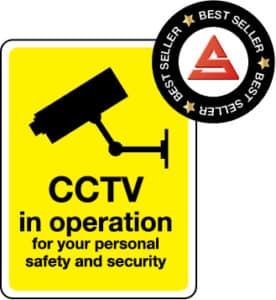Hazards At Work
Slips and trips and falls can be the most dangerous risk when working. In fact, they are the most common cause of injury at work. Slips, trips and falls cause over one third of injuries at work, and account for over half of injuries in workplaces with public access. This makes hazard signage a vital part of any workplace.
Minimising The Hazard
As with most risks at work, the priority should be to minimise or completely remove them. However there are often circumstances where a potentially dangerous situation can’t be avoided, and signage needs to be used to warn workers of the risks. HSE have listed the steps that should be taken in order to initially analyse and attempt to minimise the risk:
- Prevent floors from getting wet or contaminated in the first place.
- Have procedures in place for both routine and responsive cleaning.
- If a spillage does happen, clean it up quickly.
- If floors are left wet after cleaning, stop anyone walking on them until they are dry and use the right cleaning methods and products.
- Look out for trip hazards, such as uneven floors or trailing cables, and encourage good housekeeping by your workers.
- Make sure workers wear footwear that is suitable for the environment they are working in.
- Make sure your flooring is suitable, or floors likely to get wet are of a type that does not become unduly slippery.
If the above steps can’t be taken for one reason or another, steps need to be taken to advise workers of hazardous surfaces, electricity or fire risks, dangerous chemicals or various other potential dangers.
If you want to learn even more about safety signage, including what they mean and how to identify them. You can take a look at our other blog post Safety Signs – What is the Importance of them?

Pictograms
Hazard pictograms, for example, alert us to the presence of a hazardous chemical. The pictograms help us to know that the chemicals we are using might cause harm to people or the environment. One or more pictograms may appear on the labelling of a single chemical. This ensures that users know the dangers of using it, and what the outcomes can be if not used properly.

Making The Best Use Of Your Hazard Signage
Hazard signage can be a great way to enforce safety and make sure care is taken when completing certain tasks. Accidents can very easily be avoided onsite with proper use of hazard signage. The signs should be placed in a clear, obvious area that makes them easily visible to anyone onsite.
Click here to check out our vast range of Hazard Warning Signs!
 David Harbison, Stocksigns Senior Project Development Manager worked with Sara Marchant, Accessibility Manager at Gatwick Airport to arrange the event.
David Harbison, Stocksigns Senior Project Development Manager worked with Sara Marchant, Accessibility Manager at Gatwick Airport to arrange the event.


